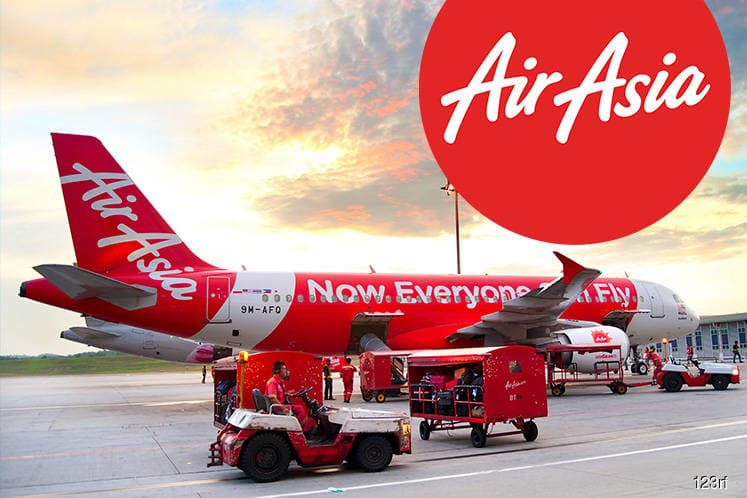
KUALA LUMPUR (July 24): The bid by AirAsia Group Bhd to reopen Kota Kinabalu Terminal 2 (KK T2) as a dedicated low cost carrier terminal (LCCT) could spell trouble for Malaysia Airport Holdings Bhd (MAHB) beyond just losing one of their several profitable airports, according to CIMB IB Research.
“In the event that MAHB loses operatorship of KK T2, and AirAsia trumpets its success in growing tourist arrivals, other state governments may also be tempted to push for something similar, spreading MAHB’s loss of AirAsia’s business to other cities,” CIMB Research analyst Raymond Yap pointed out in a note yesterday.
AirAsia makes up 30% of Kota Kinabalu’s international traffic and 48% of domestic traffic, and the airport is the second largest airport in Malaysia by passenger volume, with a total of 4 million departing passengers in 2017.
“If the Ministry of Transport (MoT) agrees that MAHB should hand over operatorship of KK T2 to an independent operator, upon which AirAsia will move to T2, MAHB will lose a valuable, growing, and financially-robust customer at Kota Kinabalu. A greater proportion of MAHB’s revenues will come from weaker airlines like Malaysia Airlines (MAS) and Malindo,” Yap said.
Mitigating this is the operating agreement (OA) MAHB had signed with the government in 2009, which gives it the right to operate all airports in Malaysia except Senai International Airport, until 2069. “Carving out KK T2 impinges on the rights of MAHB under the OA, which entitles MAHB to some compensation from the government,” Yap added.
MAHB could also be offered a small minority stake in KK T2, together with the Sabah state government, Yap said, allowing it to maintain exposure to AirAsia’s business in Kota Kinabalu.
“MAHB will also continue to earn landing fees from AirAsia at KK T2, since KKIA’s single runway will still be managed by MAHB,” he added.
On the other hand, AirAsia could argue for domestic and international passenger service costs (PSC) of half the amount it is paying now, if KK T2 is handed over to an independent operator, thus increasing the competitiveness of its flights.
“Support from the Sabah state will increase the chances of MoT approval, in our view,” Yap added.
Until Dec 1, 2015, AirAsia operated out of KK T2, which was then an LCCT and enjoyed a domestic PSC of only RM6, compared with RM9 at T1, and an international PSC of RM32 vs RM65, Yap noted.
However, the move to T1 forced AirAsia to charge higher PSCs to its passengers, with rates hiked further on Jan 1, 2017.
MAHB in a statement yesterday, denied forcing AirAsia to move to KK T2, stating: “From the outset, T2 was meant to serve as a temporary terminal until a bigger and better facility at T1 was completed.”
“AirAsia is betting that the carrot of higher tourist arrivals into Sabah will be sufficient to galvanise political will to make its KK T2 plans happen, even if it comes at the expense of MAHB,” Yap said.
Shares of MAHB rose 3 sen or 0.34% to trade at RM8.98 this morning, while AirAsia dipped 2 sen or 0.59% to RM3.38.